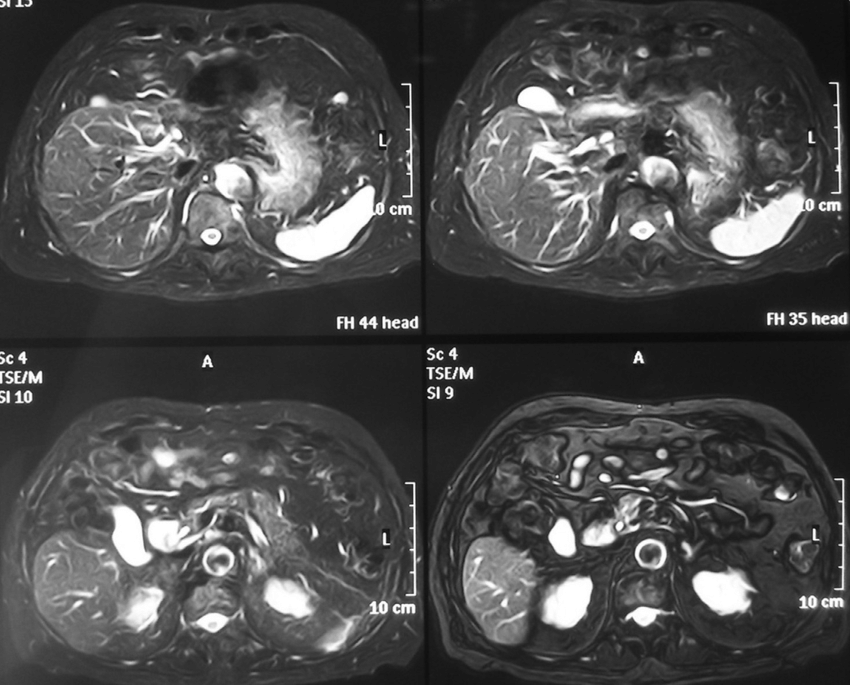Embolizations Albuquerque Uterine artery embolization (UAE) is an alternative to surgery in the treatment of uterine fibroids. This procedure involves injecting chemicals into arteries and veins in the abdomen and pelvic region to block blood flow to fibroids — causing them to shrink over time. The Uterine Artery Embolization procedure has been performed at Presbyterian Healthcare Services in Albuquerque, NM since 2012 and other locations across the country since 1998. With more than two decades of experience with this procedure, Drs.
What are fibroids?
Fibroids are non-cancerous tumors that may lead to a condition called abnormal uterine bleeding — causing heavy menstrual cycles. A uterine artery embolization is a percutaneous, nonsurgical treatment for uterine leiomyomas (fibroids) and is performed by a specially trained surgeon.
The procedure involves injecting small particles into the fibroid arteries to block blood flow and shrink the fibroid tissue. It can be performed on an outpatient basis with few risks or side effects. One of the benefits of uterine artery embolizations is that they can be done without surgery, so there are no incisions made in the uterus, intestines, or bladder.
Why consider Uterine Artery Embolization?
If you are living with uterine fibroids and are looking for an alternative to surgery, you may want to consider uterine artery embolization. This procedure is a safe and effective way to shrink fibroid tumors, reduce or stop heavy menstrual bleeding, and restore the normal anatomy of your uterus. When compared with traditional surgical treatments, uterine embolization is less invasive, has fewer complications and side effects, and allows patients to resume their normal activities right away.
Our team at Women’s Medical Center offers a free consultation to answer any questions you may have about the procedure. If you would like more information on uterine artery embolizations in Albuquerque, please call 505-243-0303 for a free consultation today!
An embolization, also known as a clot buster, is used during certain procedures that involve catheters (a tube inserted into an artery or vein) to block off blood flow through that vessel by using coils made from materials such as alcohol sponge (surgical sponges soaked in distilled water and then dried), collagen, saltwater solution (saline), beads made of acrylic resin, plastic foam material (polyester) soaked in vasopressin (PVP) solution, chemicals that create clots.
The coil then solidifies inside the vessel. The clot formed by the coil often makes other coils collapse before it does.
How does Uterine Artery Embolization work?
Uterine Artery Embolization is a percutaneous, nonsurgical treatment for uterine leiomyomas (fibroids). Fibroids are non-cancerous tumors that may lead to a condition called abnormal uterine bleeding — causing heavy menstrual cycles. The procedure involves inserting a catheter through the skin and into the uterus. A substance is then injected to block blood flow to the fibroid tumor, causing it to shrink and die. This procedure can also be used to stop periods or reduce menorrhagia — heavy bleeding during menstruation.
Is it safe?
Uterine artery embolization (UAE) is an effective, non-surgical treatment for uterine fibroids. According to a study published in the Journal of Obstetrics and Gynecology, UAE is one of the safest treatments for fibroid tumors that are causing heavy bleeding.
The procedure involves inserting an embolic agent into the uterine arteries to block blood flow to the fibroid tumor. Patients who underwent UAE experienced a decreased rate of complications such as pain, infection, and hemorrhage when compared with women who underwent a hysterectomy. Furthermore, those who underwent UAE had significantly fewer side effects than those who opted for hysterectomy. Embolizations Albuquerque
Who should have a hysterectomy?
A hysterectomy is a surgical procedure to remove the uterus. There are certain circumstances where a hysterectomy may be recommended. These include pelvic organ prolapse, uterine leiomyomas (fibroids), endometriosis, or cancer of the uterus. If you are considering a hysterectomy and want to know if it is right for you, talk with your doctor about the risks and benefits of this procedure.
1) Pelvic organ prolapse occurs when pelvic organs such as the bladder, rectum, or bowel fall out of place and press on nearby nerves or other structures.
What can I expect after the procedure?
Patients have a low risk of complications with uterine artery embolization. The procedure is often completed without any anesthesia, and most patients resume normal activities the day after treatment. It’s important to note that not all women are candidates for uterine artery embolization; it’s best to talk to your doctor about the risks and benefits before deciding on this treatment option. Embolizations Albuquerque
What if my symptoms don’t improve after treatment?
What should I do if I experience any symptoms during or after my procedure?








